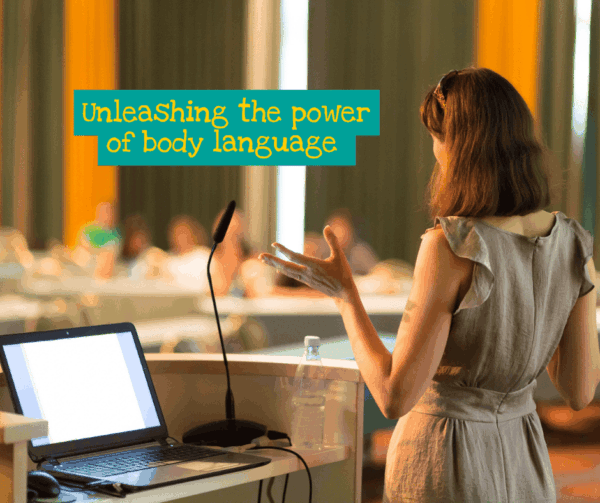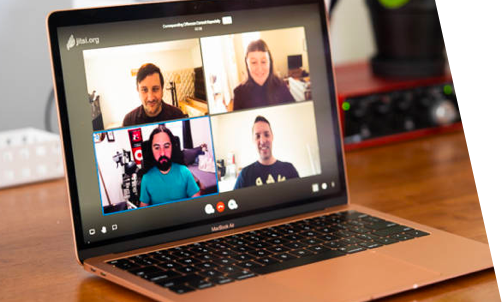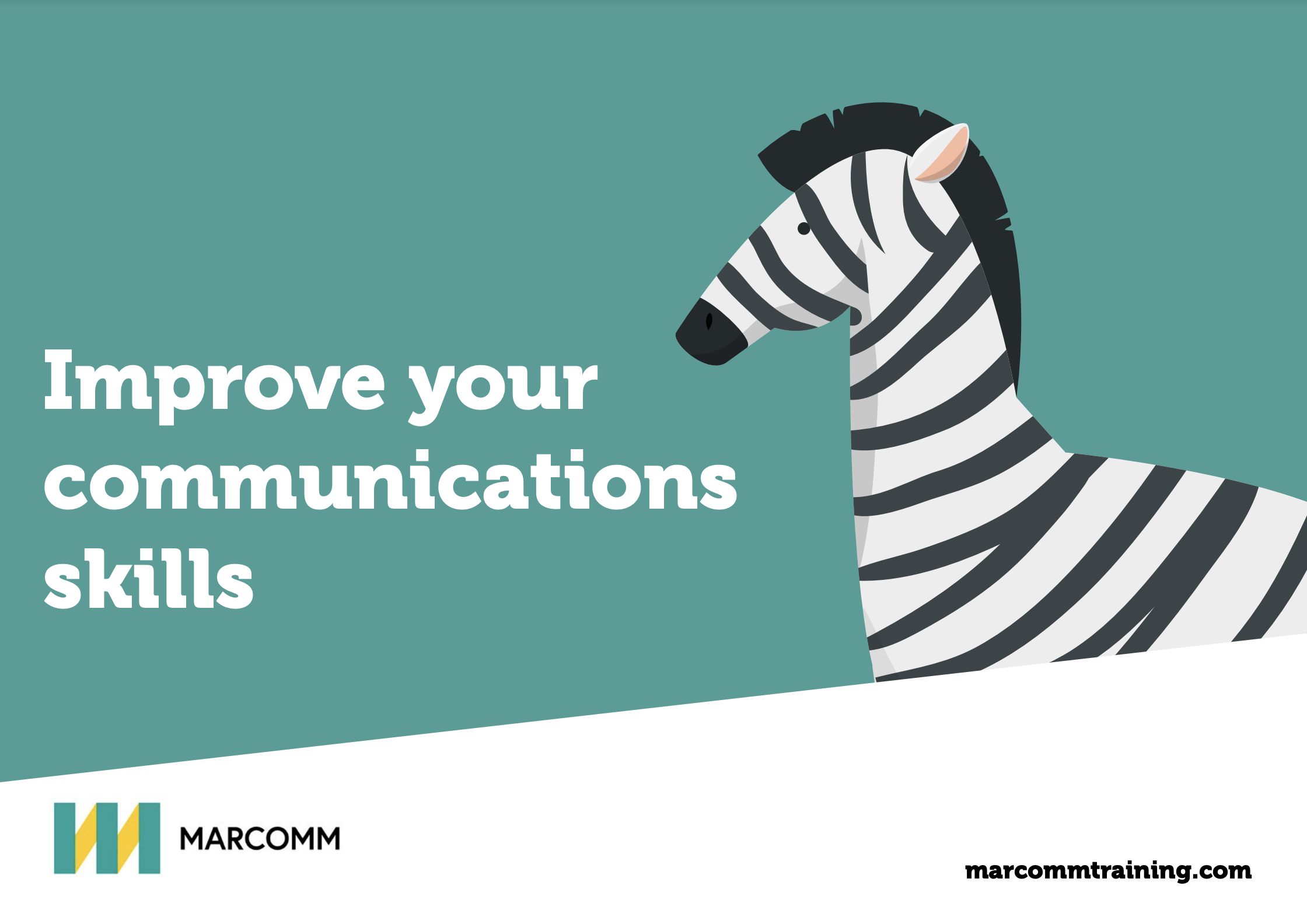When it comes to effective presentations, words alone are not enough. The power of body language can significantly impact how your message is received and interpreted by your audience.
Nonverbal cues, such as facial expressions, gestures, and posture, can enhance your delivery, establish rapport, and reinforce key points. In this blog, we will explore the importance of body language in presentations and provide valuable tips to help you harness its power and make a lasting impact.

1. Establish Credibility and Connection
Your body language
plays a vital role in establishing your credibility as a presenter.
Maintain an upright posture, standing tall with your shoulders back.
This conveys confidence and authority. Your posture speaks volumes about
your confidence and presence.
- Stand tall and grounded, distributing your weight evenly.
- Avoid slouching or leaning excessively, as it can convey a lack of confidence or disinterest.
- Adopt an open stance, facing your audience directly, to show that you are receptive and ready to connect with them.
- A strong and confident posture sets the tone for a powerful presentation.
- Make eye contact with your audience to establish a connection and build trust.
- Avoid crossing your arms, as it can create a barrier between you and your listeners. Instead, keep your arms relaxed and open to signal approachability and engagement.
2. Use Engaging Facial Expressions
Your face is a powerful tool for communication. Use your facial expressions to convey enthusiasm, sincerity, and passion for your topic.
Smile genuinely to create a positive and welcoming atmosphere. Vary your facial expressions to match the emotions and messages you want to convey.
A well-timed nod or raised eyebrow can reinforce key points and demonstrate attentiveness to your audience.

3. Use Gestures to Enhance Your Message
Well-rehearsed gestures can enhance your verbal communication and make your message more impactful. Use natural and purposeful hand movements to emphasise key points, highlight important concepts, or demonstrate size, direction, or comparison.
Be mindful of excessive or distracting gestures that can take away from your message. Remember, gestures should feel authentic and complement your words, not overpower them. Incorporate gestures into your rehearsal.
4. Purposeful Movement
Movement can add dynamism to your presentation and help maintain your audience's attention. Use the stage or speaking area to move with purpose.
Walk confidently, making deliberate movements to engage different sections of the audience. However, be cautious of excessive pacing, which can be distracting. Use movement to create visual interest and enhance the delivery of your message.
5.Practice is Key
To maximise the power of body language, practice is key. Rehearse your presentation while paying attention to your nonverbal cues. Record yourself or seek feedback from others to identify any distracting or unintended body language habits. Develop self-awareness by observing how your body language aligns with your intended message.
With practice, you can refine and enhance your nonverbal communication skills. Be yourself and allow your natural enthusiasm and passion to shine through. Adapt your body language to suit different presentation contexts and audiences while maintaining your authenticity.

In summary, body language is a powerful tool that can elevate your presentation skills to new heights. By consciously using your nonverbal cues, you can establish credibility, engage your audience, and reinforce your message. Consider your posture, facial expressions, gestures, and movement to ensure they align with your desired impact. Unlock the power of body language and watch as your presentations become more compelling, influential, and memorable.

